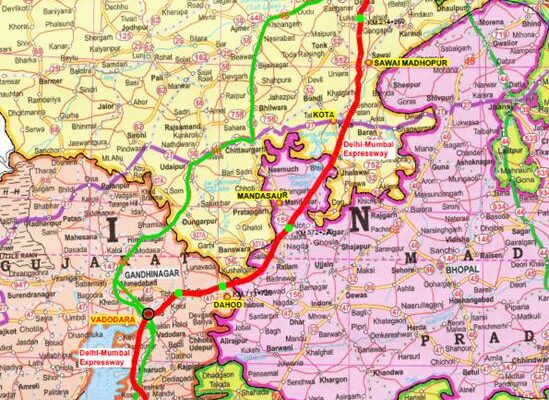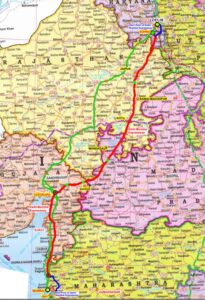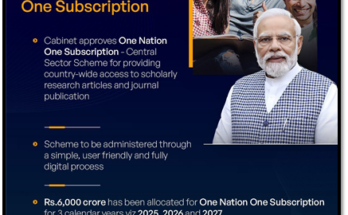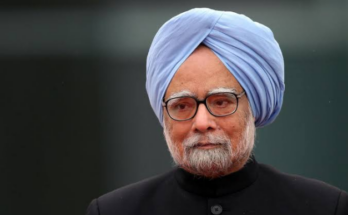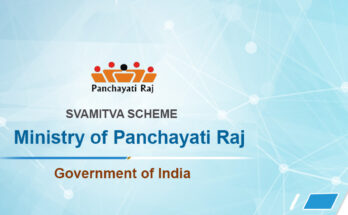Shri Nitin Gadkari to review the progress of Delhi-Mumbai Expressway on 16th – 17th September covering the States of Delhi, Haryana, Rajasthan, Madhya Pradesh and Gujarat.
Union Minister for Road Transport and Highways Shri Nitin Gadkari will be reviewing the progress of the Delhi-Mumbai Expressway(DME) on 16th – 17th September covering the States of Delhi, Haryana, Rajasthan, Madhya Pradesh and Gujarat. Being developed at a cost of 98,000 crores, the 1380 km long Delhi Mumbai expressway will be the longest expressway in India. It will enhance connectivity between National Capital, Delhi and Financial Capital, Mumbai. The expressway will connect the urban centres of Delhi through the Delhi-Faridabad-Sohna section of the corridor along with a spur to Jewar Airport and Jawaharlal Nehru Port to Mumbai through a spur in Mumbai.
In addition, the expressway which passes through the six states of Delhi, Haryana, Rajasthan, Madhya Pradesh, Gujarat and Maharashtra will improve the connectivity to economic hubs like Jaipur, Kishangarh, Ajmer, Kota, Chittorgarh, Udaipur, Bhopal, Ujjain, Indore, Ahmedabad, Vadodara, Surat bringing economic prosperity to millions.
Delhi Mumbai Expressway, envisaged under the vision of Prime Minister’s ‘New India’, was kick-started in 2018 with the foundation stone being laid on 9th March 2019. Out of the 1,380 km, contracts for more than 1,200 km have already been awarded and is under progress.
Expressway Key Features
The new expressway is expected to halve the commute time between Delhi and Mumbai from nearly 24 hours to 12 hours and shorten the distance by 130 km. This will generate annual fuel savings of more than 320 million litres and reduce CO2 emissions by 850 million Kg which is equivalent to the planting of 40 million trees. Over two million trees and shrubs are planned to be planted along the highway as part of NHAI’s commitment to environmental conservation.
Minimizing environmental and wildlife impact has been a cornerstone for Delhi Mumbai Expressway. The expressway is the first in Asia and only the second in the world to feature animal overpasses to facilitate unrestricted movement of wildlife. The DME will have 3 animals and 5 overpasses with a combined length of 7 km dedicated for unencumbered wildlife movement. The expressway will also include two iconic 8 lane tunnels which are a testament to the engineering prowess of the country, one tunnelling through Mukundra sanctuary without disturbing the endangered fauna in the region for 4 km and the second 4 km 8 lane-tunnel will pass through the Matheran eco-sensitive zone.
The marquee project is an engineering marvel as
- More than 12 Lakh Tons of Steel will be consumed in the construction of the expressway, which is equivalent to building 50 Howrah bridges
- Almost 35 crore cubic meters of the earth will be moved which translates to 4 crore truck trips during the course of construction
- 80 lakh tons of cement will be consumed for the project which is approximately 2% of India’s annual cement production capacity
DME passes multiple diverse regions such as forests, arid lands, mountains, rivers and extensive work has gone to ensure that the highway stands the test of time. Perpetual pavement design has been adopted for Delhi – Vadodara section, which passes through arid regions and rigid pavement design has been adopted for Vadodara – Mumbai section with high rainfall to increase the longevity of the project.
DME has also created employment for thousands of trained civil engineers and more than 50 Lakh Man days of work.
One other unique aspect of the Delhi Mumbai Expressway is the setting up of 94-way side amenities(WSA) to improve user convenience and safety along the corridor. Wayside amenities will house petrol pumps, motels, rest areas, restaurants and shops. These Wayside amenities will also have helipads for increasing connectivity and evacuating people in case of medical emergencies.
Overall Corridor Completion Schedule
The two sections of the expressway, the Delhi – Dausa – Lalsotsection which is part of the Delhi-Jaipur Expressway and the Vadodara-Ankleshwar Section which connects Vadodara to the economic hub of Bharuch are likely to open for traffic by Mar’ 2022The complete expressway is planned to be completed by Mar’ 2023.
The key challenges during the pre-construction stage were extensive land acquisition and timely clearances such as environment, forest and wildlife. Land acquisition for an area of 15,000 ha. was completed in a short span of time with land acquisition for the Delhi to Vadodara section completed in less than 1 year. In addition, the statuary clearances were obtained in parallel to save time during implementation.
To ensure faster implementation, the use of technology was promoted throughout the project lifecycle where advanced technologies such as LiDAR, GPR, Digital maps were used during the preparation of the Detailed Project Report followed by the use of Drone-based surveys, Equipment telematics, pre-casting during the construction stage. Additionally, the packaging of the construction was also planned scientifically to minimize overrun of time through intelligent tendering processes which enabled simultaneous working at multiple stretches.

